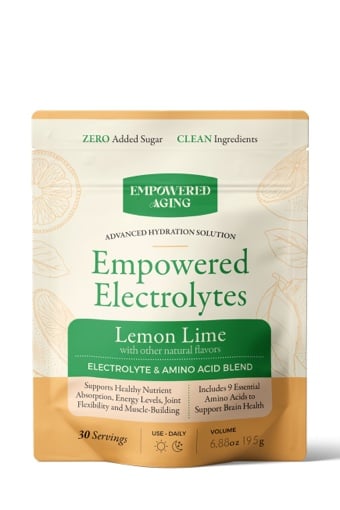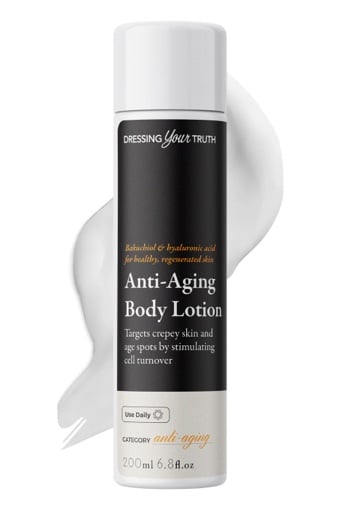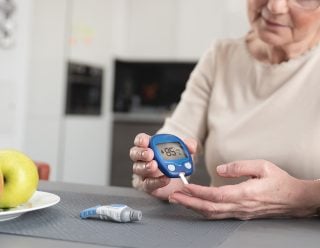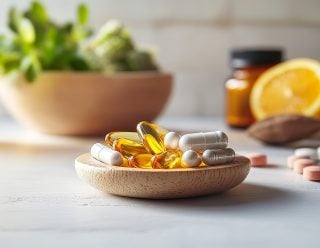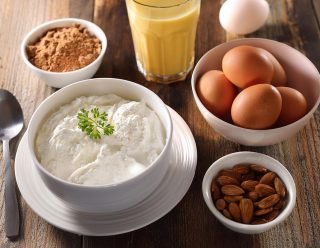Osteoporosis affects about 10 million Americans, with women comprising 80% of those numbers. Shockingly, half of women over 50 will suffer a bone fracture due to this condition. For women, osteoporosis and poor bone health are influenced by various factors, but the most significant is the decline in estrogen levels, particularly after menopause.
Why Bone Health Matters as We Age
Bones provide structural support, protect vital organs, and enable movement. When this support system weakens, bones become fragile, increasing the risk of fractures. Peak bone health is typically achieved by age 30, emphasizing the importance of early intervention for future bone health.
Women face a higher risk of osteoporosis compared to men due to factors such as smaller bone size and earlier, faster bone loss. The decrease in estrogen post-menopause further elevates this risk. Although women with a family history of osteoporosis are at higher risk, genetics only influence 8-10% of our potential to develop what’s been considered an age-related disease. With an empowered aging lifestyle approach, osteoporosis can be prevented.
Fractures not only impact daily functionality and quality of life but also significantly affect recovery. For instance, up to 80% of patients with hip fractures may struggle with basic tasks post-injury, and 64% may require nursing home care.
The Role of Resistance Training in Bone Health
Bones stay strong if you give them work to do. The best way to keep bones strong is to do both weight-bearing impact and muscle-strengthening exercises.
Resistance training is very beneficial for maintaining and enhancing bone density. Studies have shown that weight-bearing exercises, such as squats, lunges, and calf raises, stimulate bone growth and reduce the risk of fractures (1). These practical and implementable exercises promote bone strength and overall physical resilience.
Short bursts of activity are also beneficial for bone strength. For example, running then jogging, or jogging then walking. Also jumping rope, climbing stairs, tennis, pickleball, and other racket sports.
Nutrition Support for Bone Health
Empowered Aging Collagen Peptides are recommended for their ability to increase bone density. Additionally, supplements such as calcium and omega fatty acids play a vital role in supporting bone health. Calcium strengthens bones, while omega fatty acids reduce inflammation and promote bone density. Research suggests that calcium supplementation can reduce the risk of osteoporosis-related fractures (2).
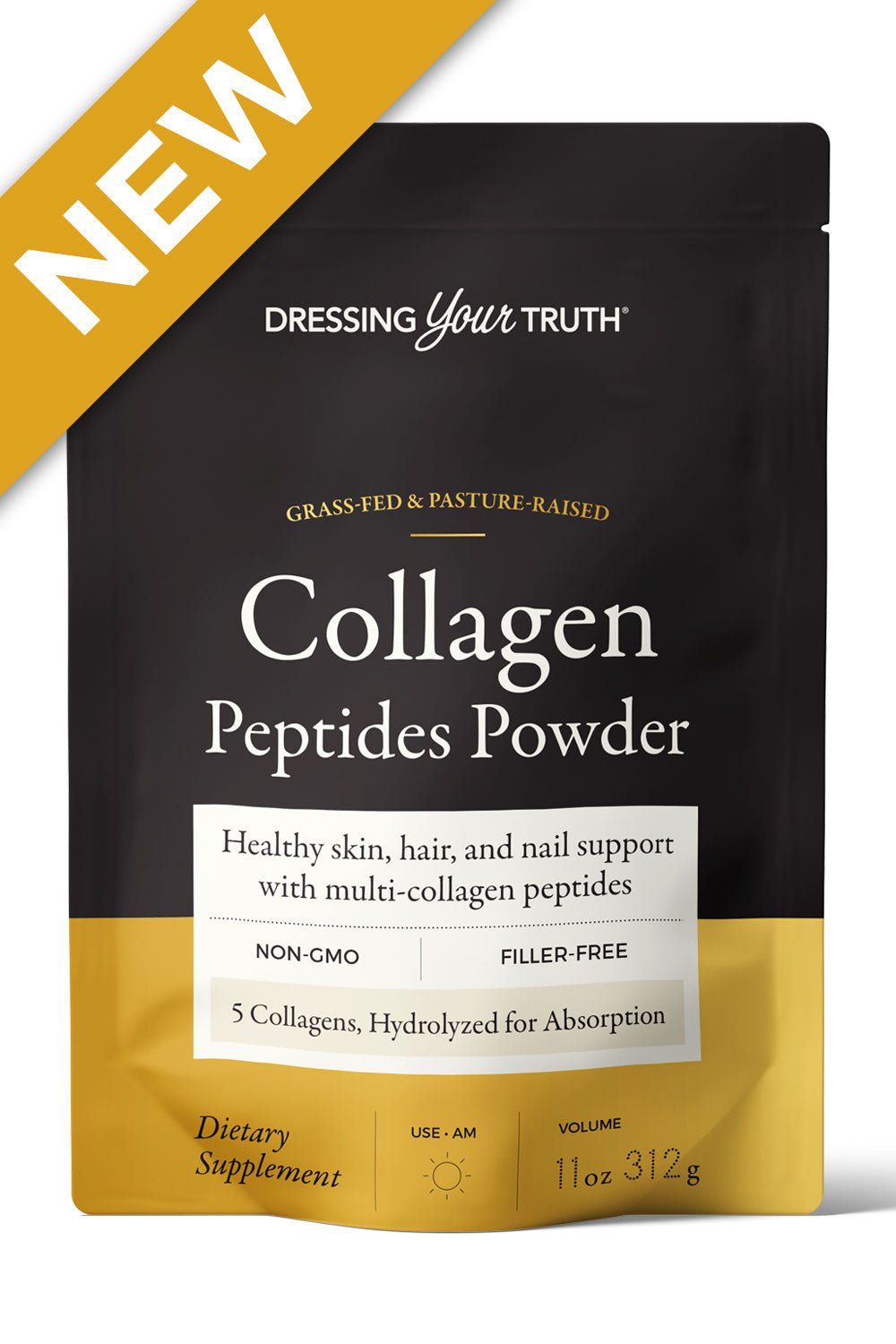
Collagen Peptides Powder
Support your skin, hair, and nails with our multi-source hydrolyzed collagen powder, designed for better absorption and faster results. This flavorless powder easily blends into your morning drink, providing essential building blocks for healthier skin, stronger bones, and overall body wellness.
Bone-Strengthening Foods
In addition to incorporating resistance training and supplements, fueling our bodies with bone-strengthening foods plays a crucial role in maintaining optimal bone health. Here are some of my favorite bone-boosting foods along with a brief explanation of why they support bone density:
- Eggs: Rich in vitamin D, eggs are essential for calcium absorption, vital for bone health. Vitamin D helps regulate calcium levels in the blood and promotes bone mineralization, making eggs a valuable addition to your diet.
- Salmon: Packed with omega-3 fatty acids, salmon helps reduce inflammation and supports bone density. Omega-3s play a role in enhancing calcium absorption and reducing the risk of bone loss, making salmon a powerhouse for bone health.
- Nuts: Almonds, walnuts, and other nuts are excellent sources of calcium, magnesium, and phosphorus, essential minerals for bone strength. These nutrients support bone mineralization and prevent osteoporosis, making nuts a convenient and nutritious snack for promoting bone health.
- Dark Leafy Greens: Spinach, kale, and other dark leafy greens are rich in vitamin K, which plays a crucial role in bone metabolism and calcium regulation. Vitamin K helps activate proteins that bind calcium to bones, promoting bone mineralization and reducing the risk of fractures.
Restorative Therapies and Regenerative Medicine
Restorative therapies and regenerative medicine techniques can help prevent and heal bone-related issues. Platelet-rich plasma (PRP) therapy and stem cell therapy promote tissue regeneration and may aid in bone repair. Studies have shown promising results in using PRP therapy for bone regeneration and fracture healing (3).
My Experience
In my journey with Empowered Aging, I’ve experienced the incredible impact of prioritizing bone health. Incorporating resistance training 2-3 times a week, along with my daily routine of Empowered Collagen, whey protein, and Omega 3 capsules for the past 6 years have kept my bones strong.
You might find it surprising, or maybe not if you know me! At the age of 65, I started mountain bike racing—a sport many women might shy away from due to concerns about bone health and the potential for breaking a bone from falling on hard dirt and rock. Yet, thanks to my regimen, I’ve been able to take some tough falls without a single broken bone or injury to my hips or shoulders!
I’m a firm believer in restorative therapies. While stem cell therapy in the USA can be costly, I’ve found success by traveling abroad for treatment. On the other hand, PRP therapy is more accessible and increasingly popular. You might even find a local medical professional offering this beneficial therapy.

The Bottom Line
Prioritizing bone health is essential for maintaining vitality and longevity. Through resistance training, proper nutrition, and access to restorative therapies, women can empower themselves to maintain strong bones and enjoy a vibrant, active lifestyle as they age.
Weekly Challenge: #BoneBoostingBlitz
This week, let’s commit to integrating one new bone-strengthening activity or food into our daily routine. Share your choice with us in the Empowered Aging Facebook group, and let’s encourage each other on our journey to resilient bone health.
Share your favorite bone-boosting foods or supplement tips in the Empowered Aging Facebook group. We’re excited to hear how you’re fortifying your bones for lasting strength and vitality!
Additional Resources:
- Strength Training Secrets: The Key to Slowing Down the Aging Process
- Joint Health Tips for Active Aging: Exercises and Strategies for Pain-Free Living
References:
- Bonaiuti D, Shea B, Iovine R, Negrini S, Robinson V, Kemper HC, Wells G, Tugwell P, Cranney A. “Exercise for preventing and treating osteoporosis in postmenopausal women.” Cochrane Database of Systematic Reviews. 2002;(3):CD000333.
- Tang BM, Eslick GD, Nowson C, Smith C, Bensoussan A. “Use of calcium or calcium in combination with vitamin D supplementation to prevent fractures and bone loss in people aged 50 years and older: a meta-analysis.” The Lancet. 2007;370(9588):657-666.
- Giannoudis PV, Hak D, Sanders D, Donohoe E, Tosounidis T, Bahney C. “Inflammatory Response and Bone Healing: A Review.” Journal of Trauma and Acute Care Surgery. 2009;66(3):752-758.
Join a Community of Positive Aging Individuals!
Get exclusive content, weekly challenges, and support in our free Empowered Aging Facebook group.
Join Us Today






